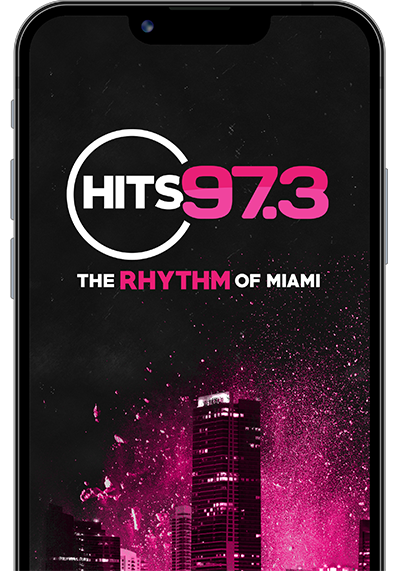You’ve heard them before sunrise and seen them strutting through Wynwood, Little Havana, and even downtown Miami — roosters, hens, and baby chicks have become as iconic to the 305 as cafecito and croquetas.
What started decades ago as backyard pets for Miami’s Cuban and Latin American families has turned into a full-blown cultural takeover. From Calle Ocho to the courthouse steps, these birds are no longer just feathered wanderers — they’re family.
Local historian Paul George says these feral flocks carry a deep cultural meaning, especially for immigrants who see the birds as reminders of home. That connection was cemented in 2002 when Little Havana unveiled massive fiberglass rooster statues as a tribute to the neighborhood’s roots. The colorful statues, created by artist Pedro Damián, still draw tourists and locals alike for selfies and souvenirs.
Despite their popularity, the roosters now face an uncertain future. Rising development and gentrification could push them out, while rowdy peacocks in nearby neighborhoods bring new competition.
For now, Miami’s roosters remain loud, proud, and beloved. As Little Havana local Jakelin Llaguna says, “They’re our mascot.” And in a city as vibrant as Miami, it’s only right the birds crow first.











